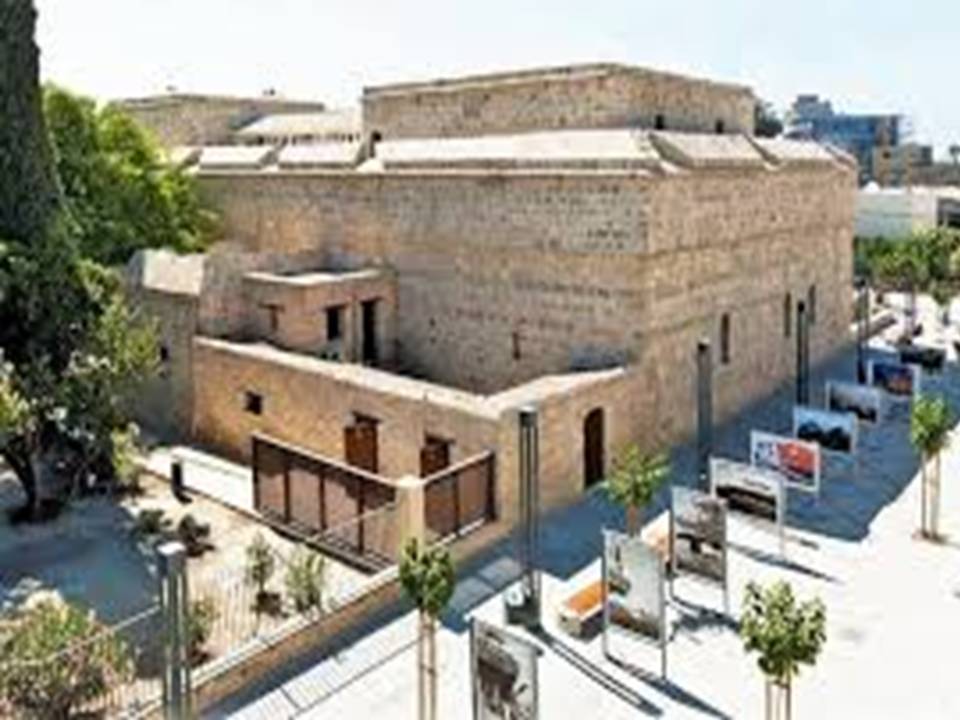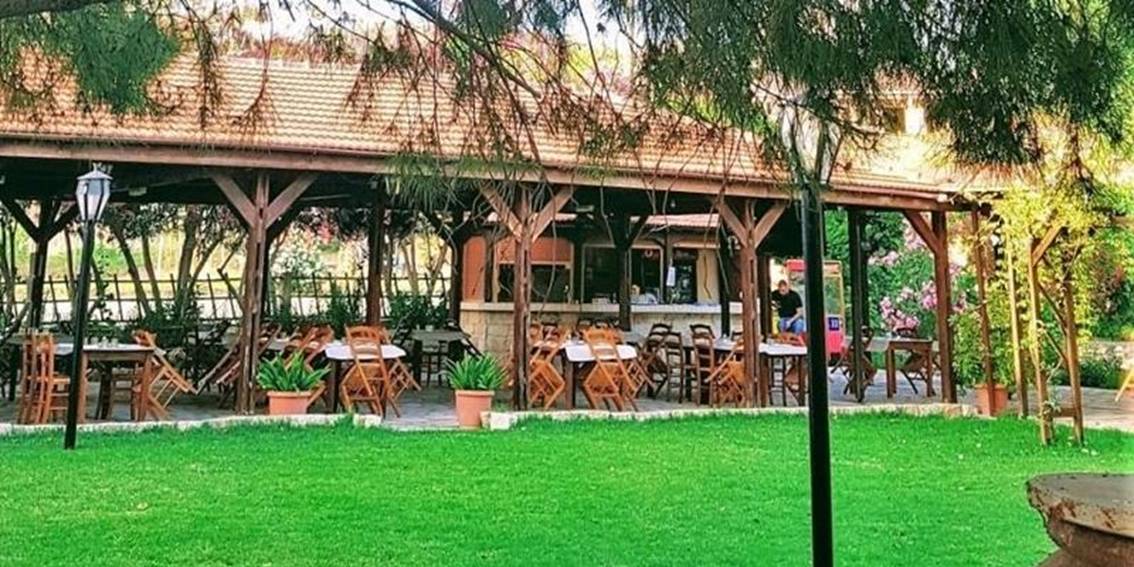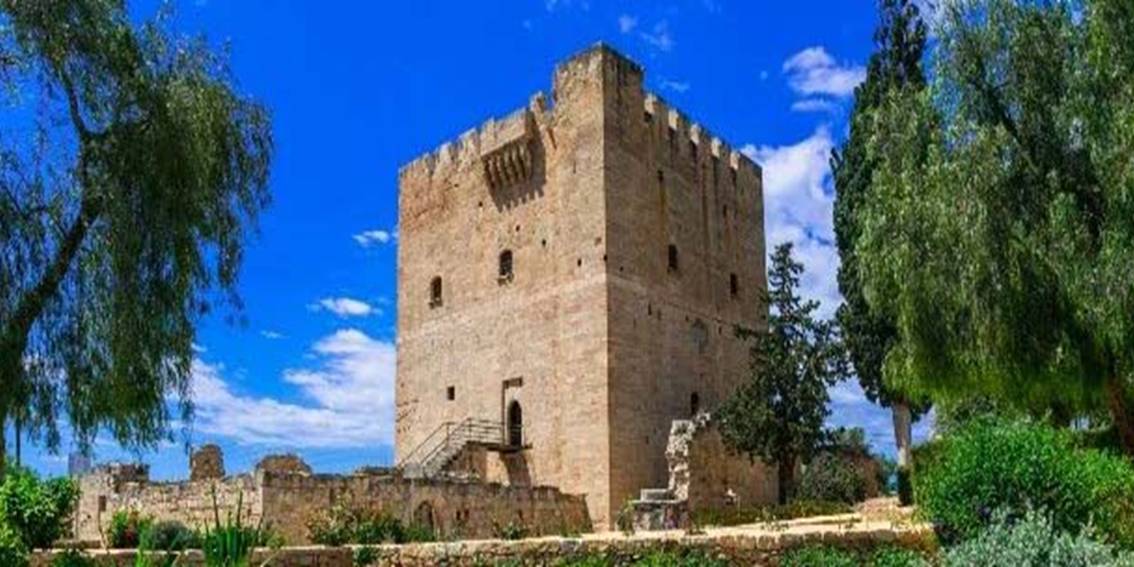A Prominent Historical and Architectural Landmark in Cyprus
Medieval Limassol Castle is a key historical and architectural landmark in Cyprus. Located in the heart of Limassol, this fortress has witnessed the rise and fall of empires. It served as a military stronghold, a prison, and a symbol of power throughout the centuries.
The Marriage of Richard to Berengaria of Navarre
The origins of Limassol Castle date back to the Byzantine period, around the 10th century. The current structure likely stands on the remains of an earlier Byzantine fortress. In 1191, King Richard the Lionheart of England captured the castle during the Third Crusade. He married Berengaria of Navarre here, and she was crowned Queen of England in the castle’s chapel. This event marked a significant moment in the castle’s history.
A Critical Point of Defence
During the Lusignan period (1192–1489), the castle underwent major renovations and expansions. The Lusignans, a Frankish dynasty ruling Cyprus, fortified the structure. Its strategic coastal location made it a key defence point against naval invasions and pirate raids.
In the Venetian period (1489–1571), the castle saw further modifications. The Venetians reinforced its walls and added bastions to withstand artillery attacks. Despite these efforts, the Ottoman Turks captured the castle in 1571, ushering in a new era.

Under Ottoman Rule
Under Ottoman rule, the castle served as a garrison and a prison. The Ottomans adapted the structure to meet their administrative and military needs. When the British took control in 1878, they continued using the castle as a prison until the early 20th century.
Limassol Castle Today
Today, Limassol Castle houses the Cyprus Medieval Museum. The museum displays artifacts from Cyprus’s medieval past, including pottery, tombstones, and weapons. These exhibits offer insights into daily life and military history during the medieval period.
The castle itself features thick stone walls, arched corridors, and a historic atmosphere. It stands as a testament to the architectural skill and historical importance of its many occupants.

A Remarkable Monument
Limassol Castle is a remarkable monument that reflects Cyprus’s diverse history. Its enduring presence highlights the island’s strategic importance and the cultural influences that have shaped its storied walls.




